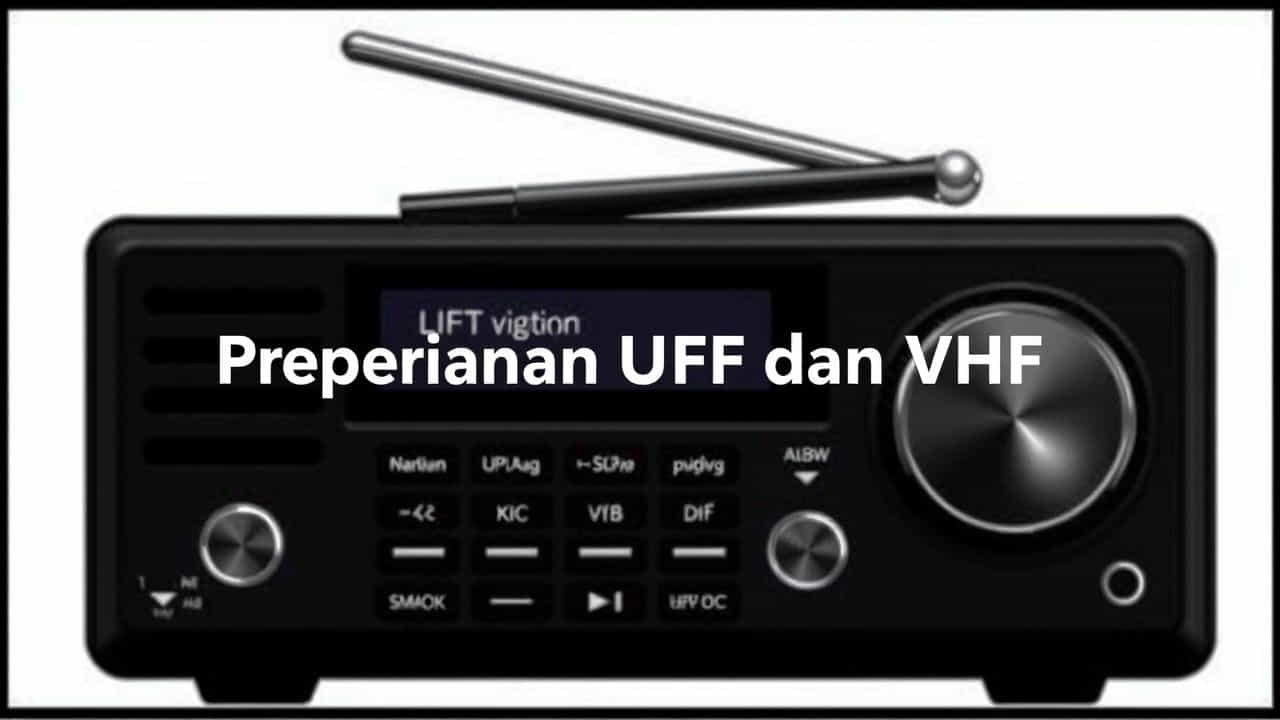When it comes to radio communication, two of the most commonly used frequency bands are UHF (Ultra High Frequency) and VHF (Very High Frequency). These two frequency ranges play a crucial role in broadcasting, two-way radios, television signals, and emergency communication systems.
However, many people struggle to understand the key differences between UHF and VHF and which one is best suited for their needs. This topic will explore their characteristics, advantages, disadvantages, and practical applications.
What Is UHF?
Definition of UHF
UHF stands for Ultra High Frequency and covers the range from 300 MHz to 3 GHz. It is commonly used for:
-
Two-way radios (walkie-talkies, security radios, etc.)
-
Television broadcasting
-
Mobile phones and Wi-Fi
-
GPS systems
Characteristics of UHF
-
Shorter wavelengths than VHF, allowing for more compact antennas.
-
Better penetration through buildings, trees, and obstacles.
-
More frequencies available, reducing interference issues.
Advantages of UHF
✅ Ideal for urban areas due to its ability to penetrate walls and dense environments.
✅ More channels available, making it suitable for large communication networks.
✅ Better audio clarity compared to VHF in most environments.
Disadvantages of UHF
❌ Shorter range than VHF in open areas.
❌ More affected by obstacles like hills and large buildings.
❌ Higher power consumption, requiring stronger batteries.
What Is VHF?
Definition of VHF
VHF stands for Very High Frequency and operates between 30 MHz to 300 MHz. It is widely used for:
-
FM radio broadcasting
-
Marine and aviation communication
-
Two-way radios (public safety, construction, etc.)
-
Television signals
Characteristics of VHF
-
Longer wavelengths compared to UHF.
-
Better range in open areas with fewer obstructions.
-
Fewer available frequencies, leading to potential interference issues.
Advantages of VHF
✅ Longer range in open environments like fields, mountains, and rural areas.
✅ Better signal stability over long distances.
✅ Lower power consumption, making it more efficient for battery-operated devices.
Disadvantages of VHF
❌ Poor penetration in buildings and urban areas.
❌ More interference due to fewer available frequencies.
❌ Larger antennas required, which may not be convenient for portable devices.
Key Differences Between UHF and VHF
| Feature | UHF (Ultra High Frequency) | VHF (Very High Frequency) |
|---|---|---|
| Frequency Range | 300 MHz – 3 GHz | 30 MHz – 300 MHz |
| Wavelength | Shorter | Longer |
| Signal Range | Shorter in open areas | Longer in open areas |
| Penetration | Better in urban environments | Poor in urban environments |
| Battery Usage | Higher power consumption | Lower power consumption |
| Interference Issues | Less interference due to more channels | More interference due to fewer channels |
| Common Uses | Walkie-talkies, Wi-Fi, mobile phones | FM radio, aviation, marine communication |
When to Use UHF vs. VHF?
Choose UHF If:
✔️ You need communication in urban areas with lots of buildings and obstacles.
✔️ You want clearer sound quality and more available channels.
✔️ You are using devices like walkie-talkies, security radios, or wireless microphones indoors.
Choose VHF If:
✔️ You need long-distance communication in open areas.
✔️ You work in farming, marine, or aviation industries.
✔️ You want better battery efficiency for long-term use.
Common Applications of UHF and VHF
| Application | UHF | VHF |
|---|---|---|
| Walkie-Talkies | ✅ Best for security, events, and urban use | ❌ Less effective in cities |
| FM Radio | ❌ Not used | ✅ Standard for FM broadcasting |
| TV Broadcasting | ✅ Used for digital TV signals | ✅ Used for analog TV signals |
| Aviation Communication | ❌ Not used | ✅ Standard for air traffic control |
| Marine Communication | ❌ Not used | ✅ Used for ship-to-ship and emergency radios |
| Wireless Microphones | ✅ Preferred for indoor use | ❌ Less common |
Both UHF and VHF have their own unique benefits and drawbacks. UHF is ideal for urban environments and short-range communication, while VHF is better suited for long-distance communication in open areas.
Choosing between them depends on your location, intended use, and equipment requirements. By understanding the differences between UHF and VHF, you can make an informed decision that best suits your communication needs.
